|
|
|
|
Species Photo Gallery for Evacanthus bellaustralis No Common Name 9 |
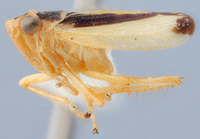 | Photo by: W.R.M. Mason
Out Of State Co.
Comment: This is the holotyperncoll. July 2, 1957rnphoto from the Canadian National Collection |  | Photo by: W.R.M. Mason
Out Of State Co.
Comment: This is the holotyperncoll. July 2, 1957rnphoto from the Canadian National Collection |
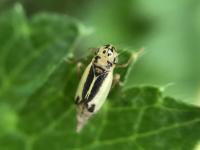 | Photo by:
Haywood Co.
Comment: female | 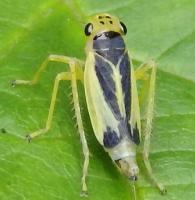 | Photo by: Mark H. Brown
Swain Co.
Comment: near Clingman's Dome |
 | Photo by: Tim Forrest
Madison Co.
Comment: female | 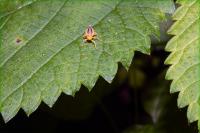 | Photo by: Tim Forrest
Madison Co.
Comment: |
 | Photo by: Tim Forrest
Madison Co.
Comment: | 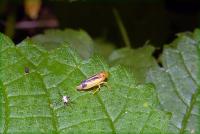 | Photo by: Tim Forrest
Madison Co.
Comment: |
 | Photo by: Mark H. Brown
Swain Co.
Comment: found around 6,000 ft |

 »
»
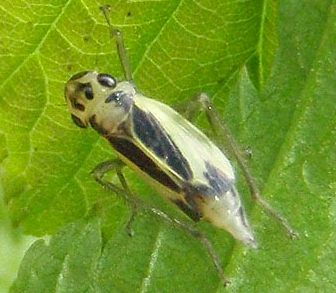

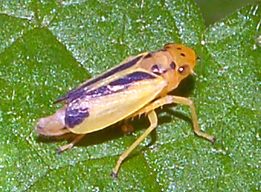

 »
»


